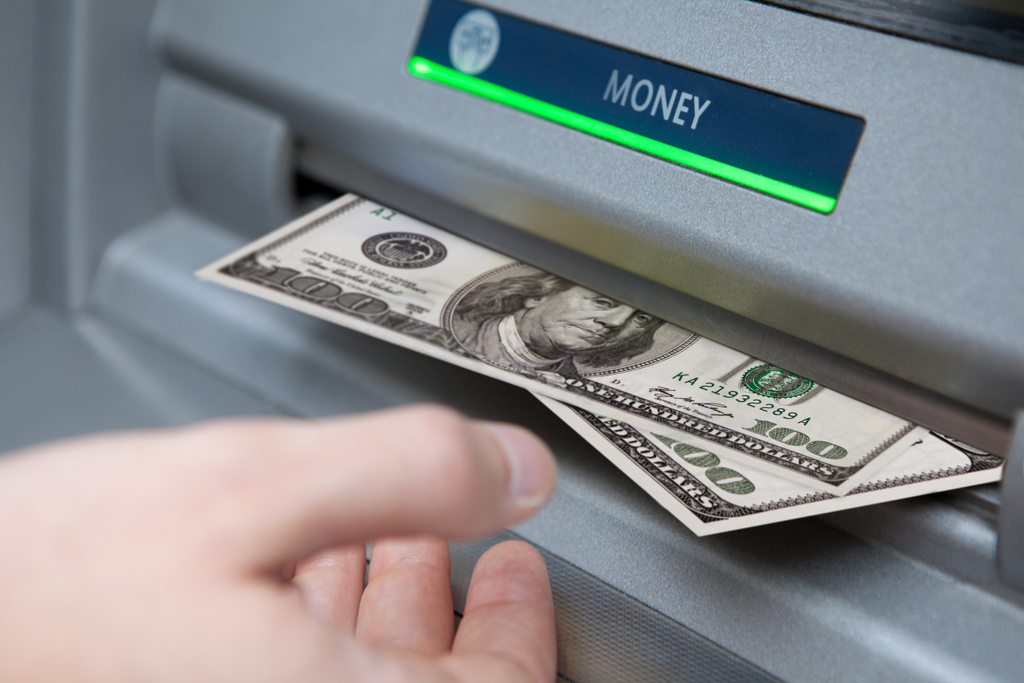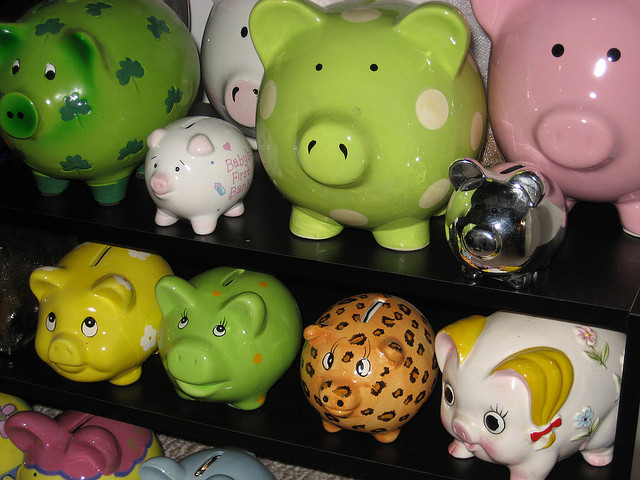“Monetization” is a well-known word among the majority of bloggers, YouTubers, and most other profit-seeking website owners. One thing most website owners around the world have in common, is they are all looking for ways to increase the income their websites bring in.
Professional bloggers, and website owners worldwide are always on the lookout for the next one-of-a-kind tool that will help them improve their monetization. The burst of the dot com bubble will go down in history as the make-it or break-it point for many websites, which led to the failure of many online businesses who were not able to successfully monetize their websites.

Before being able to properly achieve monetization, website owner’s must first understand the full depths of this commonly-used term. The actual term “monetization” has many different meanings depending on the context in which it is being used. When the word “monetization” is used among the online community, it refers to capitalizing off of one’s own website through various channels such as advertisements, personalized offers, and trade-off services. After properly understanding exactly what “monetization” means, the next step to achieving successful monetization is to remain au courant with the various tools, and services that best suit your website. In today’s fast-paced internet world there are hundreds of available options to help website owners generate higher profit margins. With new developments being born daily to help improve monetization, website owners may find themselves wondering, what works best? The answer to this question is more simple than the puzzled website owner may think. In fact, the best way to go about choosing a proper monetization system, is to first understand your website’s audience. Not every website acts the same, not every website looks the same, and not every website covers the same topics, so it stands to reason that online followers differ from website to website. The website owner who has developed a successful monetization system for his or her website, is not only up-to-date with the latest developments in monetization techniques, but is also highly in tune with his or her website’s audience.
The most noticeable, and commonly used method of monetization on websites today is advertising banners. These sometimes overwhelming, eye-catchers are easy to obtain and place in order to fill empty spaces on your web pages. Properly chosen, and appropriately placed banners are sure to fuel your website’s monetization campaign. However, playing with banners can be a dangerous game, and sadly many website owner’s lose sight of the big picture, which is ultimately the content and look of their website, not advertising banners on the pages. A website whose pages are overloaded with advertising banners will inevitably have the opposite affect of what was originally intended upon when the banners were first introduced to the pages. Advertising banners can be a good source of monetization, but when used irresponsibly can have a very negative effect on ones website. Before deciding to fill your web pages with banners, take a good look at your website in its natural form. A website that is already filled with great images, and well-written content may become less visually-attractive once the banners are in place.
Google Adsense, and its competitor Chitika both specialize in offering text-only ads, which can help website owners increase monetization. These forms of ads are typically related to the content on the web pages, and the ads will remain on the sidebars of articles, and posts. Like with banners, these text-only ads can serve a proper purpose if placed in strategic locations around the web pages. However, text-only ads are not always the solution website owners are hoping for. In using text-only ads website owner’s must be very calculated when deciding where to place the ad. Website visitors often overlook text-only ads due to the simple fact that these ads are imageless. Before choosing to fill your sidebar with text-only ads in the hopes that these non-intrusive boxes will help generate you some more income, be sure to examine both your website and its visitors. Are your pages filled with some great images? Does your audience rely heavily on visual cues when navigating through your pages? If you have answered “yes” to both of these questions, then perhaps text-only ads will not serve the purpose of earning you more money.
In-text hyperlink ads have quickly become a very popular choice among website owners searching to increase their monetization. Infolinks is one of the main providers of this money-making service, and has become a favorite among many in the internet scene. While these in-text hyperlink ads are sure to help boost monetization, the ultimate effect they have on your websites audience may not always be a welcomed one. Before agreeing on a reasonable cost per click, be sure your website audience is clear on what links lead to internal posts, and articles, and what links will navigate your users off of your website. In-text hyperlink ads work well when users know where their next click is going to bring them. However, users may feel deceived by your website if they are involuntarily led off of your pages.
imonomy has taken all of the other monetization efforts into consideration to create an all-in-one solution that allows website owners an opportunity to launch a successful monetization strategy that will not ostracize any website visitors. imonomy’s technology offers website visitors a chance to be easily connected to more of a websites content, while displaying related ads that will increase monetization in a friendly, and interactive way. imonomy has taken monetization to a new level by allowing website owners to capitalize off of their websites images. What separates this monetization strategy from the rest is that imonomy’s technology relies on internal images and links in order to generate a new source of income. This breakthrough development allows website owners to implement a monetization strategy that is sure to generate a new source of income, without making any website visitor feel unwelcome, or uncomfortable. imonomy believes that in-image monetization is the future, and as time passes more and more blogs are expected to use an image monetization game plan.

By creating internal links, and displaying images from other pages on the website, imonomy puts all of the control in the hands of the website owner. Website owners are also able to customize imonomy, so that imonomy properly suits the website it is operating on. There are many different ways to achieve a successful monetization strategy. imonomy, however, offers a unique solution where website owners can really be a part of the monetization strategy and personalize imonomy’s technology to best suit their audience.
If extra dollars in your piggy bank are not enough to get you thinking twice about implementing a monetization strategy, perhaps Google’s latest acquisition of AdMob Mobile Advertising Network may get you to think again. Google most certainly sets the tone for the newest, and most important trends to follow in the internet world, and it is only a matter of time before other internet leaders such as Yahoo, Facebook, and Twitter follow suit. Google’s acquisition of such a large internet advertising network only confirms that monetization is a term we will not be forgetting anytime soon.
Bonus: How to monetize on YouTube.
This article was written by Avishai Sam Bitton and edited by Leytal Ross
